‘Pick up a technology, understand the concept and communicate it’ - The Noel D'Cunha Sunday Column
Print needs an ideology. And printers need a manifesto. More often than not, technology is a distraction from the issues of creativity and innovation which a printer should be paying attention to, says KV Sridhar (Pops).
In this Sunday Column, the industry veteran with decades of print watching experience feels printers need to take a few small steps with passion to tackle the big problems.
28 Oct 2016 | By Noel D'Cunha
Passion and technology
I think what really distinguishes good from great is the passion. This is the passion for using the technology which is available in a relevant way. If you don’t use it in a relevant way, if you take a print job because you can gold foil it just for the sake of it, then it loses its value. But if it has certain relevance, then it makes a huge difference. One must not behave like a child in a supermarket – I want everything and I want to show off. The printer has to be very careful about taking a technique which is relevant, understand the idea and concept and try to communicate it. One has to create and exploit it very well. Crafting is very important and the craft comes out of passion. Today, technology is a commodity. Whatever you can do, somebody else can do that as well. What distinguishes you from others is the passion that you have and your ability to break the boundary.
Make it relevant
There are lots of things which are common to everyone. Some people have a creation which is so beautifully done and it is an eye-opener like a pop-up. There are pop-ups like nursery school books but there is somebody who has used it for a wedding invite and it has been used in such a delightful and wonderful way that it stays with you.

Even when you play with the three-dimensionality of a thing, a box collapses and suddenly you see the colours and a new way of looking at the idea. It is so relevant, the packaging, die-cutting, 3D and fabrication, everything is so relevant to the idea which they are trying to share that the idea will become the dum dum bullet because of relevance. That is what is missing. But if you are passionate enough, and use the craft or use the technique in a relevant way it will make a difference. This must come from inside you.
Lenticular and value-addition
For all substrates and applications, the technology is evolving. Today, lenticular lenses are much cheaper but the images are the same old. The relevance of the images and how you are using it is crucial to print. Tomorrow, digital LED displays will become far cheaper. Our lab is working on campaigns without a glass material. We are working on projections, which is far cheaper for the Indian condition. So how is a print firm going to compete with a concept which can actually give a three dimension or an interactive display with as much cost? You are not going to compete, as it is not printing, that’s projection. It is video imaging, that’s completely technology based and an algorithm will be written for it. So your competition is not going to come from other printers or by making it cheaper.
Where and how
There are two things, one where do you use it and how do we use it. You have no control, as the outdoor agency is giving or some other client is asking you to fabricate. As a printer what you can do with all this is keep yourself abreast with what is happening. So it is like a photographic company, which is changing today. The electronic companies have taken over photographic companies. So what is really stopping printers to become publishers, creators and enable display technology? Because at the end of the day what do they do? They display. If you want to display something outside either you can do a flex, translites, or you can actually create a digital billboard.
Bring technology together
How are you going to make it interactive? You need to make the entire technology come together, or otherwise, the entire outdoor technology community which you are coming with will become redundant when the projections will become cheaper and interactive. You will have to exit that part of the business, so all this needs to come together and then they need to open their eyes about what is happening in the world. And then try and create.

Silicon Valley and Hollywood
Look at a filmmaker, there is a symbiotic relation between Silicon Valley and Hollywood. If this two never come together then you will never make any innovation and progress. In the same way, the technology and printing industry should come together and see what can be done. Today, it is possible for me to individually track every pack and monitor where it is going. It is enormously useful for the people who are in the packaging industry and to really understand the technology which allows each packing unit to be traced and it can be seen on GPS.
Be innovative
There are a lot of things happening on the other side and printers need to open their eyes. Be more innovative rather than saying that I have done bigger and I have done seven- or eight-colour jobs. It does not really matter. The clients are concerned with the final impact created by the product.
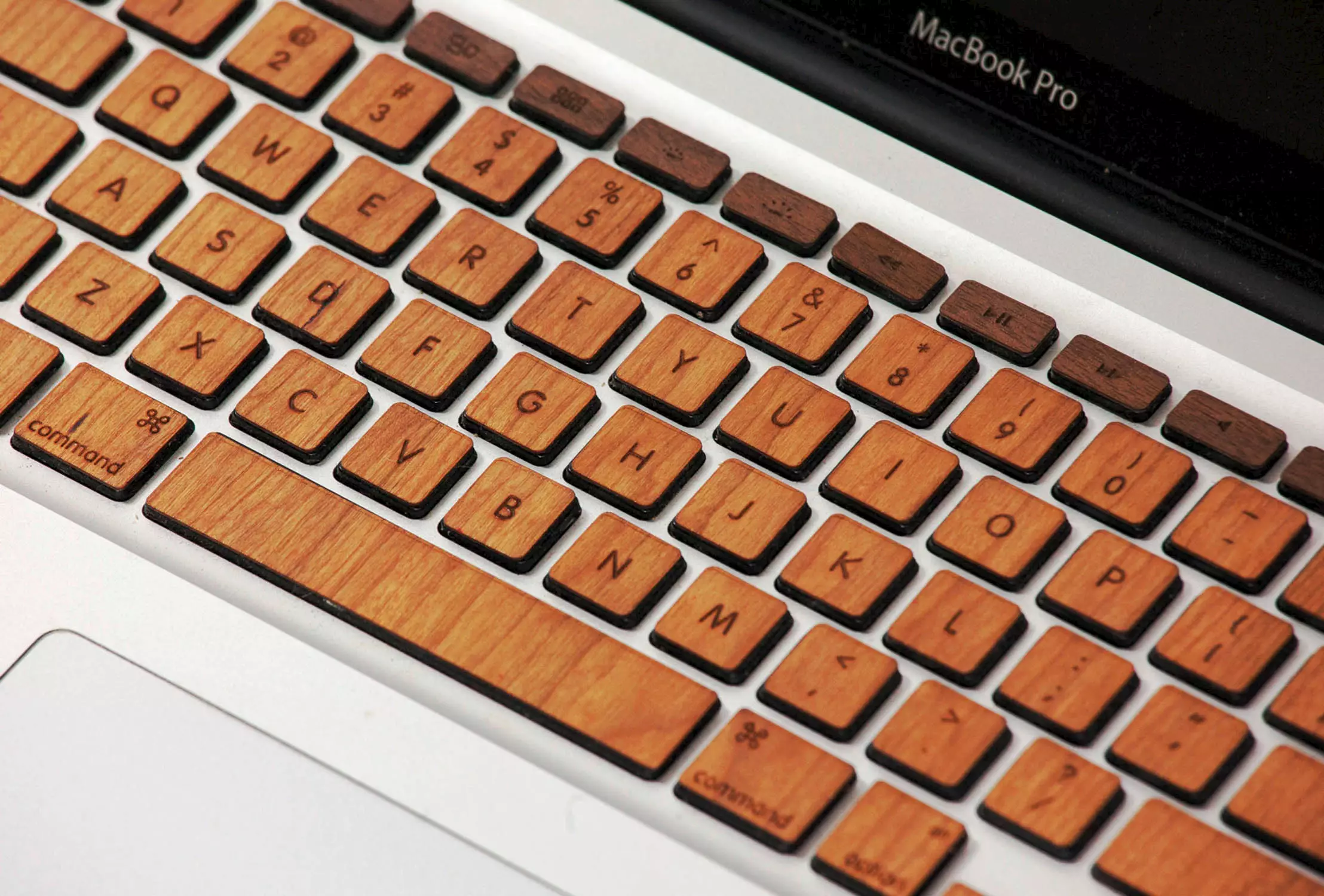
Transformation in photography
At one point, the images were specialised and only some people could take pictures and only some people could actually print them. It was a job of professionals. Not everybody could take pictures and not everybody could process a film. Until 1978-1979, there was no processing in India. The closest place was Kodak, London which was the closest place where you could process your films. There were a lot of things which used to be done by the people who had specialised.
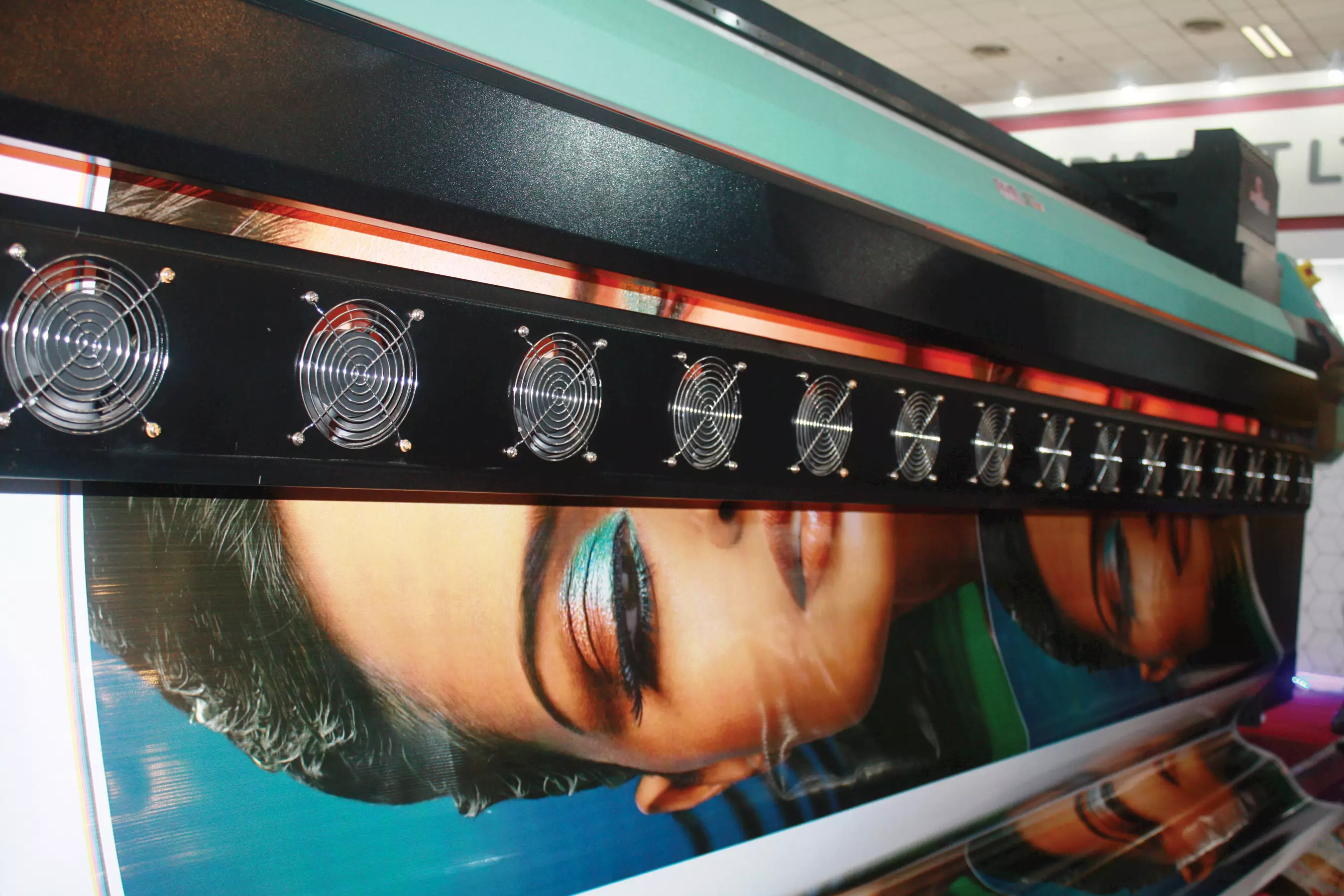
Democratised technology
Now the technology has been democratised. Democratised printing is the norm. Publishing, colour photography and colour printers, colour imaging, Photoshop has dovetailed into Instagram. At one point in time, we used to spend days and weeks at Comart and Unique to manipulate an image. Now with an iPhone 7 camera you can shoot both close-up and wide lens at the same time and it actually gives you a bouquet effect. You can have a depth of field. It shoots about 80-100 images per second. It actually combines the whole photograph within no time. How do you compete with that? To me, the most important thing is the passion. This demarcates the professional from the amateur. Today, there is visual cacophony which is happening.
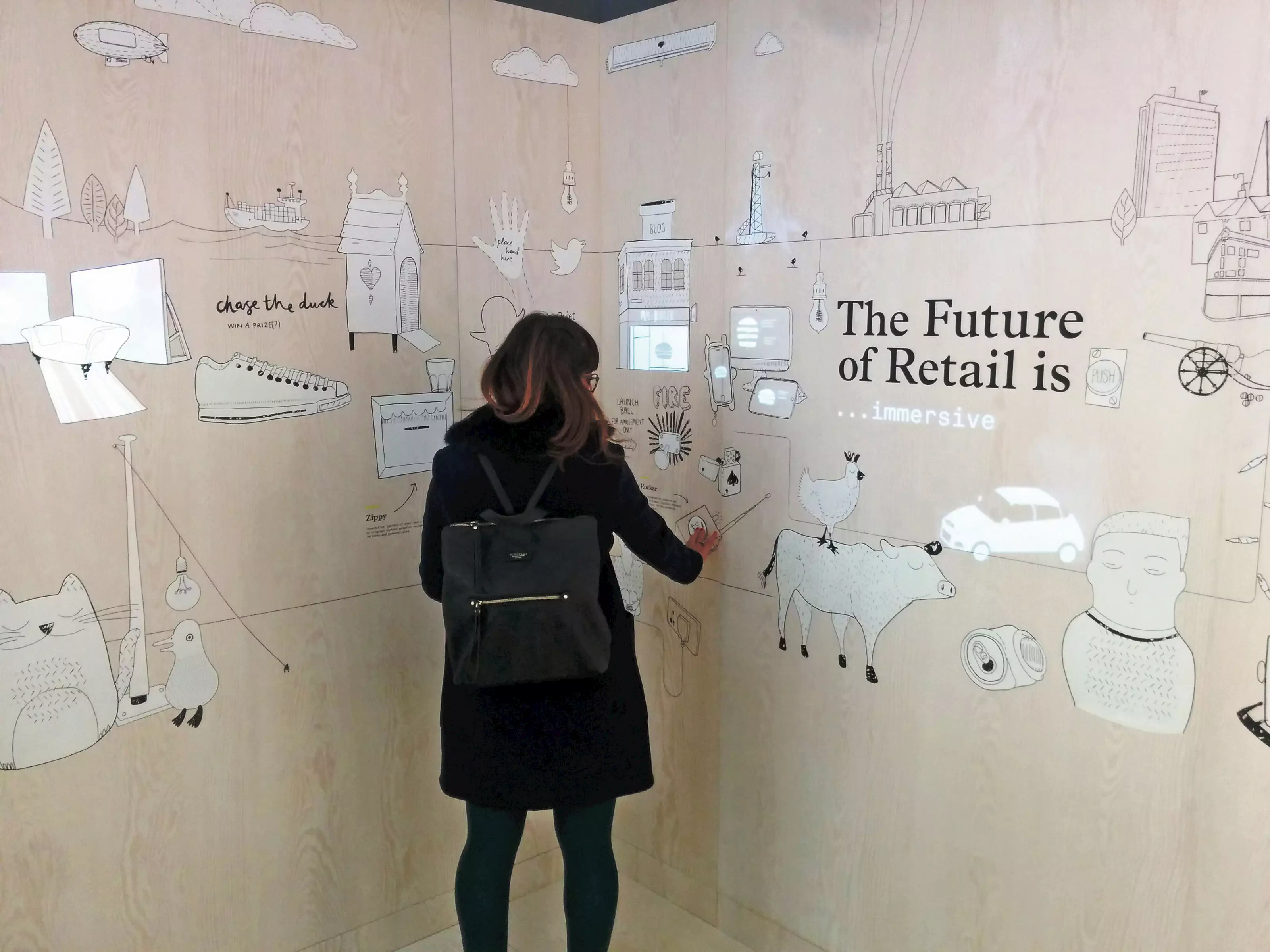
If you see billions of images and you see one good image, you are mesmerised. There is a lot of value if you put a craft into everything you do. It is the laziness that makes the people do a job quickly and easily and then forget the quality of it. At one point is it the passion for what colour, papers and in what conditions you are printing.
Why do you need a printer?
Today the DPI and sourcing consistent top quality paper is not an issue. Paper used to get stuck and then we used to have a lot of low grade paper which we used to print. Today, the inks can be controlled by the computer. You have everything which is controlled and the pre-press has become easy. The only difference is the passion. What can you do which others cannot do and why should people buy from you as opposed to anyone else? At one point in time,if you needed to be a filmmaker, you had to make a film and wait for your entire life for it to be screened. Today, you upload it on YouTube, you have an audience. At one time, you never had the opportunity to exhibit your photographs. Apart from your album nobody could see it and now you put it on Instagram and the whole world can see it. This is the freedom that technology has given. The printer should be ready to fight.
Dealing with amateurs?
Two things you are fighting with. One: the amateur people and whoever has got the camera and everyone who has got a colour printer. Two: the technology which is alien to you. Therefore you need to understand the technology and you need to understand the literacy of visualising print products for today’s creative users.
Creativity
Today, creativity has become very important to every individual in this world. Earlier, you never had the chance to express or a platform to actually showcase your creativity. How do you create something which is better, you need to learn what is happening in print technology, you need to learn the context of your work being consumed by the much more literate consumers. You need to balance both of them. The other point is, your image is going to be seen in a context. So, what is the context in which the product will be seen? Is it in a bright outdoor, day and night or just day? Even a display is all about luminosity.
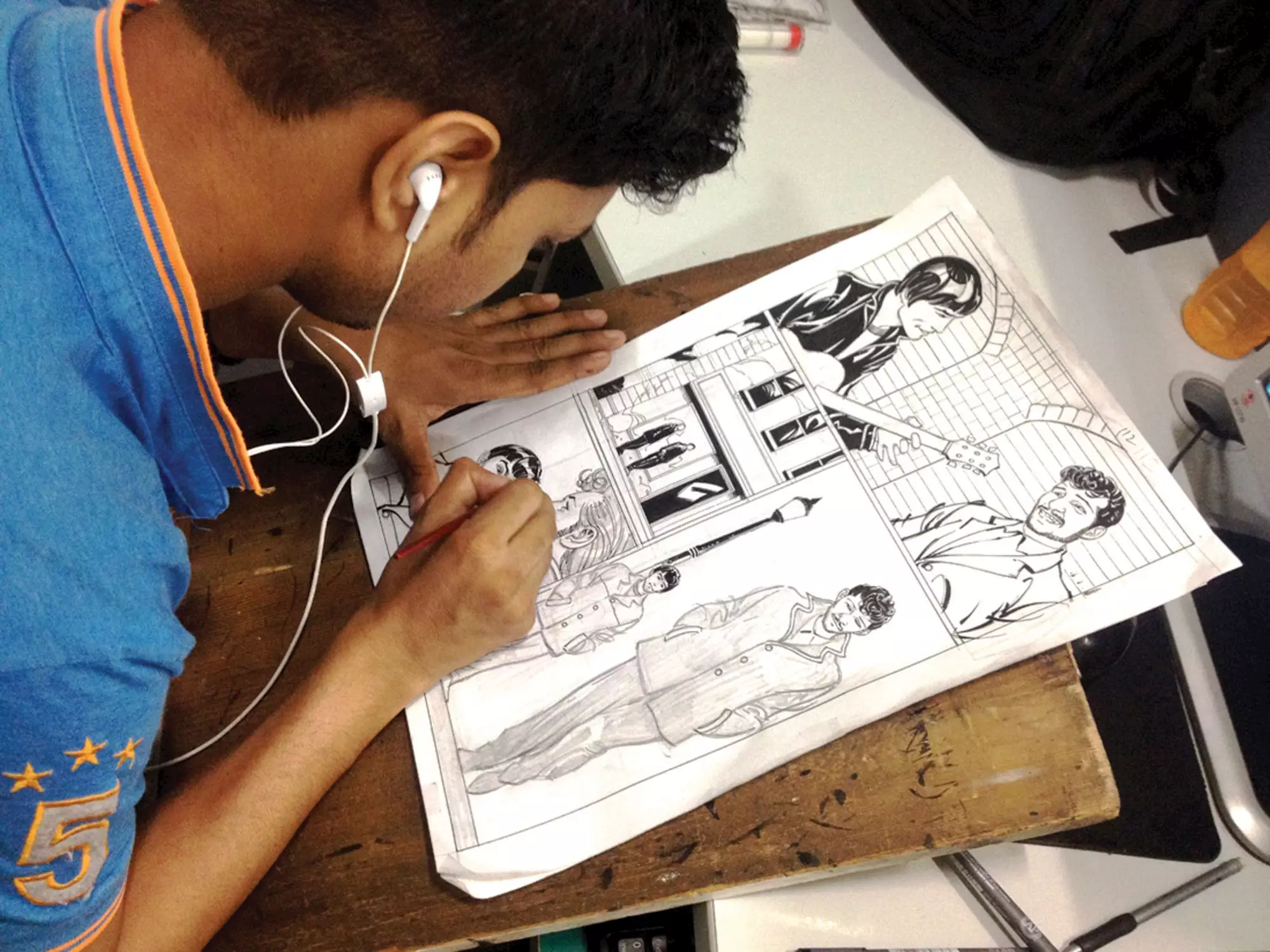
Coke will never sell a bottle of Coca-Cola without proper refrigeration. Otherwise, their product reputation is bad because Coke, if it’s warm, does not taste like Coke. Its need to be at the right temperature to be enjoyed and in the same way, every piece of work which you do should be seen in an ideal way. You need to work backwards and create an image.
Missing rigour
I think one of the beauties of print is, digital technology can not replace what print can really do. The tactile feel to it, plus a lot of creative people like things built in front of them. When you are doing something in printing you first design and make plates, you proof it, print and die-cut it, you punch it and you do a lot of things which are physical and take shapes. There is a lot of emotional attachment when you are actually doing it. There is room to improvise at every stage and on every stage it becomes far more emotional to you. I think passion is one big thing and the second is collaboration. You should be open to where the value addition can happen and flexible enough to go and make an artwork to pre-press scan instead of saying let’s do this in eight-colours. It’s about how best we can do it. So, can I go back and change the skin tone of it as a special colour. I come back and say I want to put three extra skin colours so that I can control the skin far better. That’s the input which allows me to be creative and to do it again.
The end guys
Printers are the guys at the end of the value chain, they cannot do design and they are not ideators. Somebody else is doing it. The design houses today need to have the same passion and try and see to it that everything they do is innovative since they have got the craft. Today, packaging is evolving yet you need a certain product to buy physical things. When the marketers are looking to add value that there are only two reasons why they would do so. One is the emotional equity for any brand and second is aesthetics. As a printer, 80% is controlled by you and nothing stops you.
Typographers, designers, and printers
The relationship between the typographer, designers, clients and the printers is crucial. The entire team should come together and say, we are going to break the boundary. Believe me, people will pay 10% extra to such packaging. Like Apple, it’s such a delight each time you open the box. Design, images and ideas are an integral part. If you see in printing, a lot of work which I have seen is three dimensional. When it is three dimensional you are talking about fabrication. There is a lot of craftsmanship in fabrication and it’s not traditional printing. There are a lot of things which they are doing really well. The only thing is they need to work a lot more on. If the products look premium, people will pay that extra money.
Design schools
The Ecole intuit.lab is a French collaboration which was started by Ravi Deshpande, who is a designer and a legend in advertising. The faculty is beautiful and they not only teach design but they teach other three-dimensional things including animation, design and packaging. Even in Goa, there is a school meant for photography. Typography is a subject for photographers and typography is an integral part of your pictures. This is something which is going to happen for more and more conversions. So what stops these printers to hire these students who understand technology. That is, a student who understand how to design for digital and screens and print. If you have a way to get some of these students in your system that will benefit you enormously.
Book/TV campaigns
Bloomsbury is my publisher and they wanted me to write about myself. I said I am too young to write about myself. I was lucky enough to be in the advertising industry for three generations. I looked at 100 commercials from the last 40 years, the famous ones and then I brought in the anecdotes and the people behind it and how they created it. All the people including my family have got their favourite ad and now people don’t know who has created it. What happens to the Rasna girl and how they chose the pug for Hutch. In this way, I have covered over 100 commercials over 40 years. I was fortunate enough to bring 23 people from different ages. I have already lost one of the contributors who was AG Krishnamurthy. Imagine such people and their stories and what they have contributed? Today people love the brand with whom they have work. The book is for everyone who likes advertising in this country.
Book/print
I would love to do a book on print. There are so many stories. Especially, how people say that print is a reminder medium and at one point of time it made people cry and laugh. There are so many ways where print has a premier position and it has great potential. Nothing can replace a picture and the printed word.


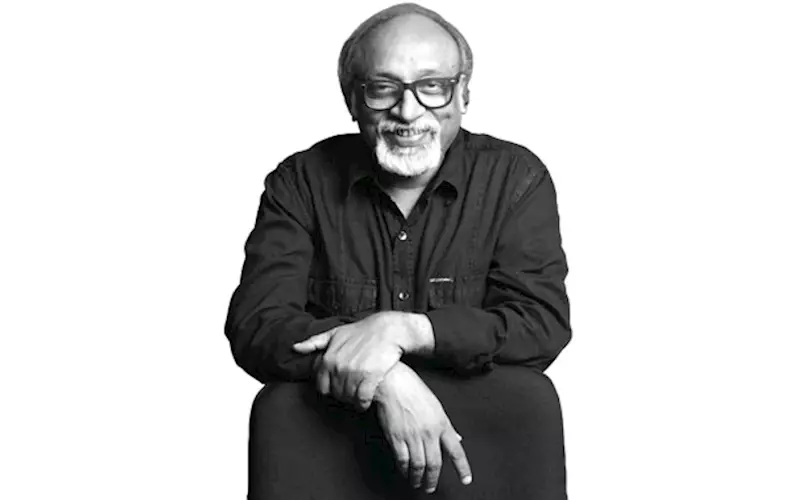








 See All
See All